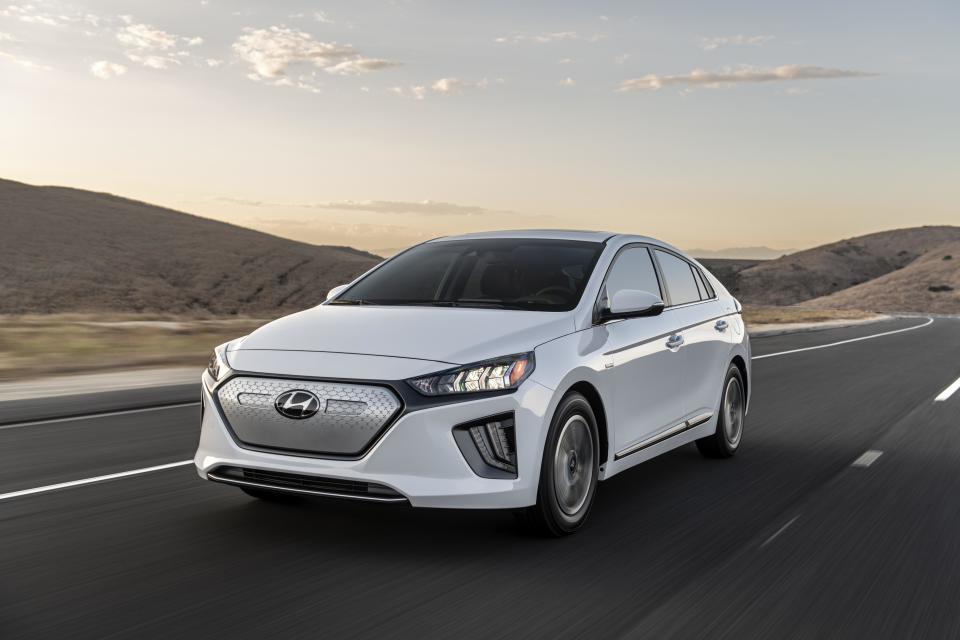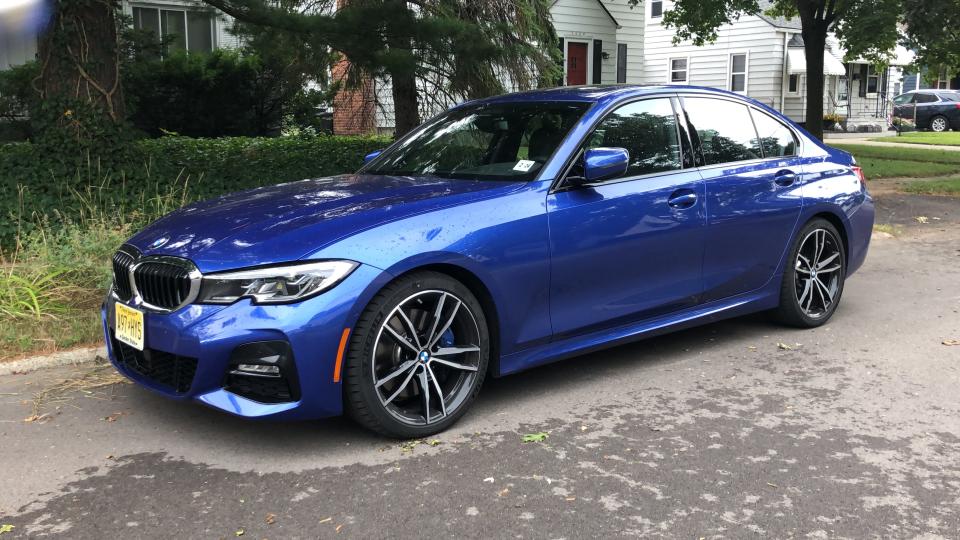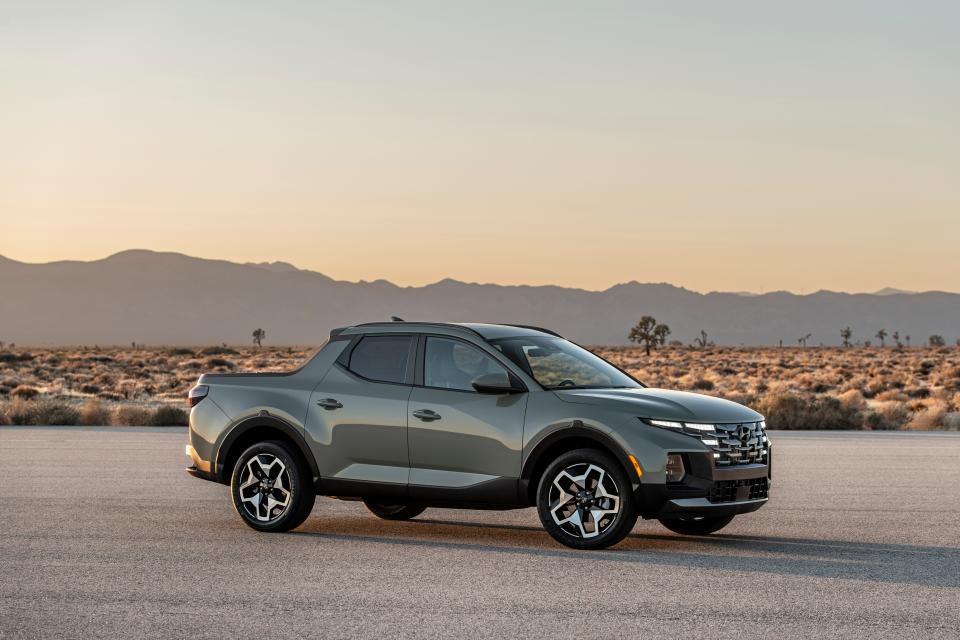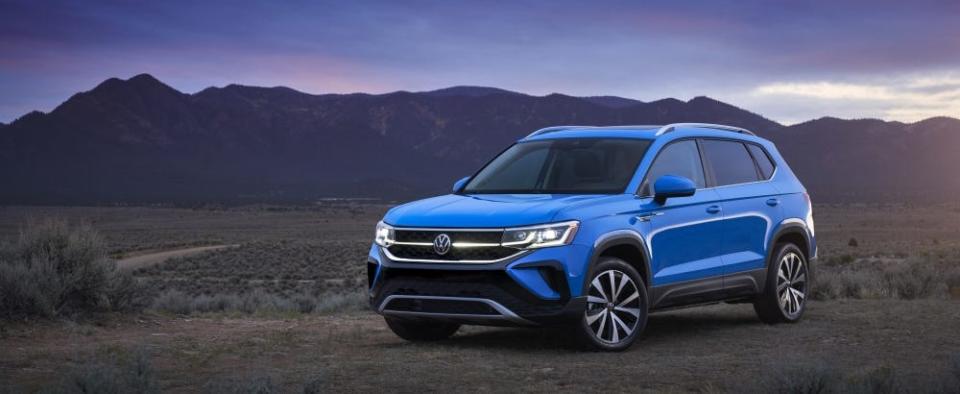Why automakers are naming vehicles after American destinations, like Santa Cruz, Telluride, Taos
You can surf the waves in Santa Cruz, California, check out the art galleries in Taos, New Mexico, or ski the slopes in Telluride, Colorado.
Or you can buy new vehicles named after those U.S. destinations.
Lately, automakers have been turning to real-life American hotspots – often associated with an active lifestyle – to serve as the names of new vehicles. Look no further than the Hyundai Santa Cruz, the Volkswagen Taos and the Kia Telluride.
“They’re trying to conjure up an image,” says Michelle Krebs, executive auto analyst at car-buying site Autotrader. “When you hear Telluride, you get this picture of mountains and terrain that’s outdoorsy. They’re also names that are familiar.”
It’s not a brand-new idea. You’ve been able to buy the Chevrolet Malibu and the Chevrolet Colorado for years.
But a flurry of recent naming announcements comes as automakers are apparently running out of “real words” that haven’t already been trademarked, says Karl Brauer, auto analyst at iSeeCars.com.
This is a key reason why automakers have been reviving long-dead vehicle names in droves, like the Chevrolet Trailblazer, the Toyota Supra, the Ford Bronco and the Land Rover Defender.
“It’s tough to find (names) that haven’t already been reserved or purchased, so to speak, and licensed by a car company,” Brauer said.
But if they don’t have a suitable name sitting on the shelf, what do they do? Their options typically come down to:

1. Make up a word or misspell one intentionally.
This strategy has been popular for a while. Case in point: the Subaru Crosstrek, the Chevrolet Trax, the Hyundai Elantra and the Volkswagen Tiguan. Those are not words.
More recently, Hyundai debuted a new car called the Ioniq, which comes in electric and plug-in hybrid versions. It's supposed to be a combination of "ion" and "unique."
Making up a word is one way to make sure you can secure the trademark. But there’s a serious risk it will come across as silly, so automakers need to be careful about this route.

2. String together random letters and numbers.
Known in the industry as the “alphanumeric” naming strategy, this is particularly popular among luxury automakers. Witness the numerous vehicles with names like the BMW 330i, the Infiniti QX80, or the Lexus RX 350. Typically, the larger the number, the larger the vehicle.
But this strategy has fallen out of favor among some automakers in recent years.
Ford, for example, earned praise from critics for abandoning names like the MKZ for its Lincoln vehicles. The brand chose instead to use memorable names like the Aviator and Nautilus.
The alphanumeric naming strategy often doesn’t resonate with consumers in a distracted world, analysts say.
“I have a hard time keeping track of all the names,” Krebs says.
3. Name the vehicle after a destination Americans perceive as glamorous, idyllic, or enticing in some other way.
Hence, the Hyundai Santa Cruz, which was revealed in April. Its namesake is a scenic town located on the Pacific Coast of California with a notable boardwalk, vintage carousel, shops and omnipresent beach life.
No better lifestyle to associate with Hyundai’s new compact SUV-pickup combination, which is aiming to lure buyers who don’t need the girth of a full-size pickup but would like the utility of a small open bed.
Naming the vehicle after Santa Cruz sends “laid-back” vibes associated with the lifestyle of a surfer, says Ivan Drury, an analyst at car research site Edmunds.

It sends a message that Santa Cruz buyers are “not towing 10,000 pounds behind us with barrels of hay,” Drury said. “There’s a longboard and a shortboard back there.”
Indeed, the brand chose Santa Cruz because “its outdoor-oriented lifestyle focused on surfing, mountain biking and appreciation of outdoor pursuits reflects many lifestyle qualities” of the vehicle's target buyer, Hyundai spokesman Derek Joyce said in an email.
When vehicle names go awry
While “Santa Cruz” may resonate, naming a vehicle after a place can go wrong quickly.
Drury pointed to the Chevy Malibu, which, well, doesn’t generate the same kind of beach vibes as it was perhaps meant to when it first launched. It’s a midsize car that’s struggling to stay alive as Americans shift to SUVs like the Taos and Telluride.
“Malibu has probably gone too far away from its original intent,” Drury says, suggesting that shoppers don't associate the Chevy ride with the beach.
When Volkswagen revealed the 2022 Taos crossover in September 2020, the automaker hailed the small New Mexico town’s heritage as a home to Native American people for a thousand years, as well as its community of artists, nearby skiing and beautiful landscapes, including the Rio Grande Gorge.

The sweet spot for automakers could be picking names that they’ve used before that also bear the name of a location.
For example, analysts have speculated that Subaru could resurrect its Baja pickup-utility combo, named after the northwestern Mexican peninsula along the Pacific.
Just as in real estate, picking the right name for a vehicle comes down to location, location, location.
So don’t expect automakers to name their vehicles anywhere nondescript or forgettable or motionless. They tend to pick places associated with an active, hip lifestyle, such as surfing, skiing, or hiking.
“There is no couch potato car,” Krebs jokes.
You can follow USA TODAY reporter Nathan Bomey on Twitter @NathanBomey and subscribe to our free Daily Money newsletter here for personal finance tips and business news every Monday through Friday morning.
This article originally appeared on USA TODAY: Hyundai Santa Cruz, Kia Telluride: Automakers name cars after places
